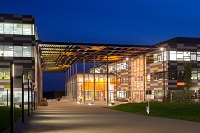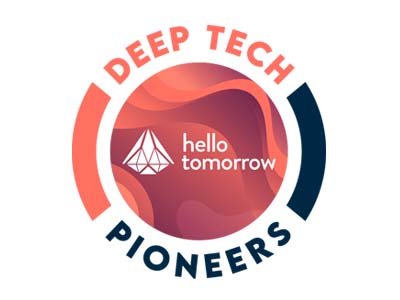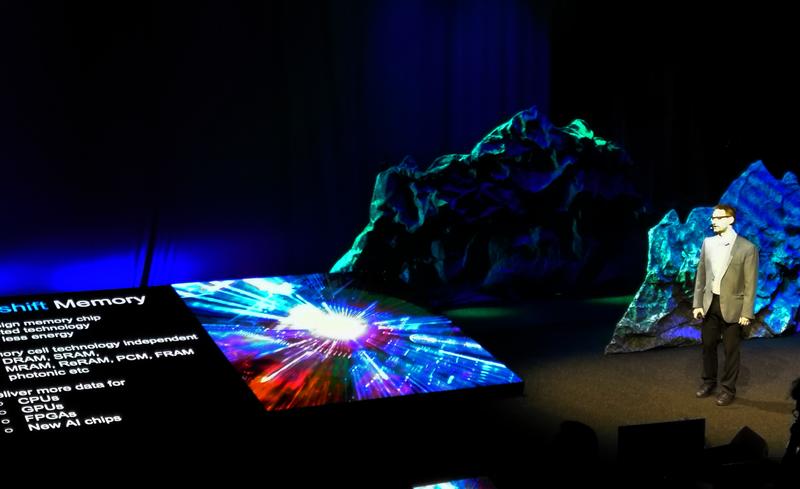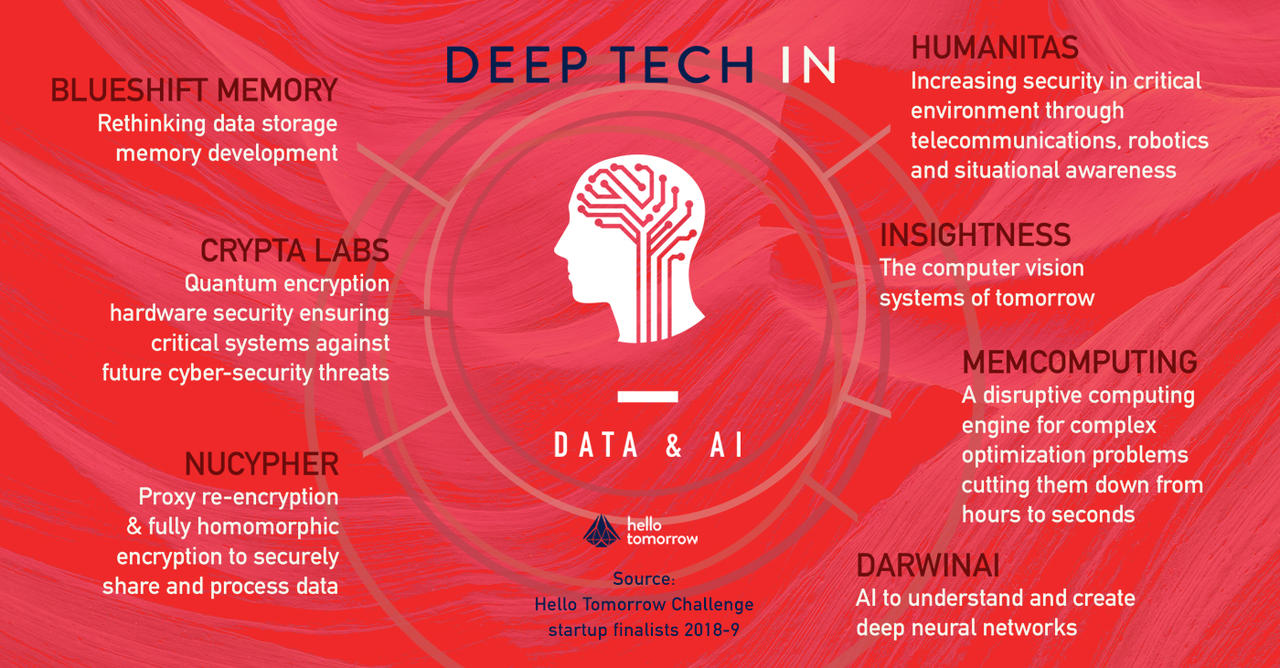
We Are BlueShift MEMORY
Blueshift Memory’s proprietary chip design optimizes the memory architecture for more efficient handling of large data sets and time-critical data, enabling up to 1,000 times faster memory access for specific data-focused applications. These include high performance computing, artificial intelligence (AI), machine vision for augmented and virtual reality (AR/VR), 5G edge connectivity and the Internet of Things (IoT). The focus of Blueshift Memory’s technology is the Cambridge Architecture™, the next-generation technology for stored-program machines, designed to replace the currently-used modified Harvard architecture and to overcome the traditional constraints of the von Neumann bottleneck.


How Blueshift Memory can remove the bottleneck
Blueshift Memory’s proprietary chip design optimizes the memory architecture for more efficient handling of large data sets and time-critical data, enabling up to 1,000 times faster memory access for specific data-focused applications like high performance computing, AI, and AR/VR. The focus of Blueshift Memory’s technology is the Cambridge Architecture™, the next-generation technology for stored-program machines, designed to replace the modified Harvard architecture and to overcome the traditional constraints of the von Neumann bottleneck.
Data structures matter
Programmers worry about data structures, and they write code that understands those structures. That understanding is lost when the code is compiled into assembler. The CPU calculates addresses and indexes in a random fashion, and each memory access is discrete. This approach is power hungry and inefficient. By adding back that understanding of data structure, the Cambridge Architecture™ delivers zero-latency memory while reducing energy consumption by 30 - 50% and orders of magnitude more speed, tailored to the needs of big data applications.Our Technology
News
THE TEAM
BOARD OF ADVISORS
Contact Us
Cambridge CB3 0GT U.K. www.blueshiftmemory.com https://www.linkedin.com/company/blueshift-memory/ https://twitter.com/BlueshiftMemory Sign up to our mailing list

















